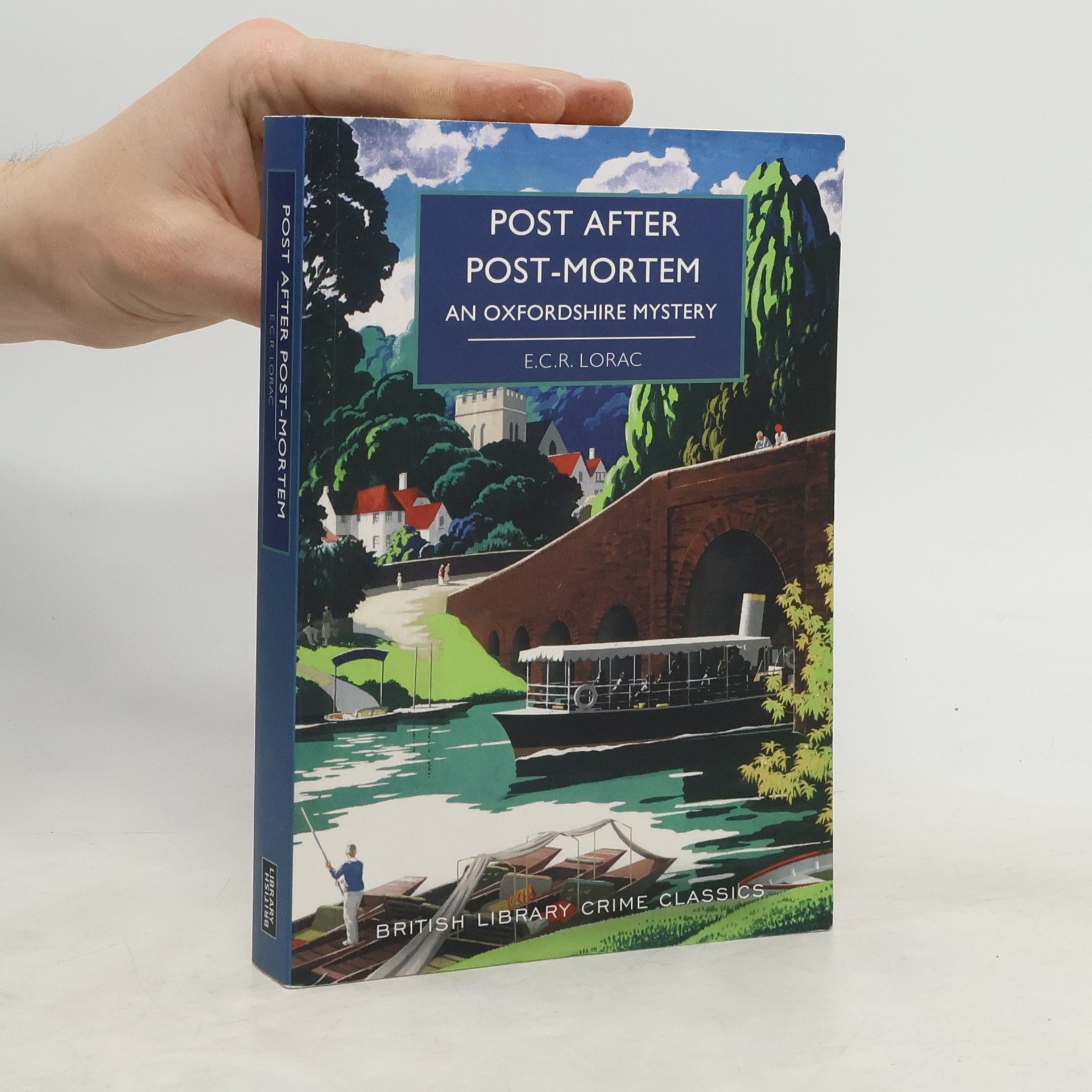E. C. R. Lorac Book order






- 2024
- 2024
Murder in Vienna
- 272 pages
- 10 hours of reading
Set against the backdrop of post-war Vienna, this classic mystery features Inspector McDonald as he navigates a city under Allied occupation during his holiday. The story intertwines intrigue and suspense, highlighting the challenges of the era while McDonald uncovers hidden truths. Originally published in 1956, it has now been revived as part of the British Library Crime Classics series, offering readers a glimpse into a unique historical context infused with crime and investigation.
- 2024
Impact of Evidence
- 256 pages
- 9 hours of reading
Puzzling and atmospheric, this exceedingly rare mystery from one of the masters of crime fiction’s Golden Age returns to print for the first time since its publication in 1954.
- 2023
First published in 1946 and set in the fell country of Lunesdale over the course of a rainy September, The Theft of the Iron Dogs is the very picture of a cosy crime mystery and showcases Lorac's masterful attention to detail and deep affection for both Lunesdale and its residents.
- 2023
E C R Lorac spins a twisting tale full of wry humour and red herrings, poking some fun at her contemporary reviewers who long suspected the Lorac pseudonym to belong to a man (since a woman could apparently not have written mysteries the way that she did).
- 2023
"Renowned for its authentic characters and settings based partly on the author's own experiences of life in the Lune Valley, E. C. R. Lorac's classic rural mystery returns to print for the first time since 1953. This edition includes an introduction by award-winning author Martin Edwards. "I'm minded of the way a fire spreads in dry bracken when we burn it off the fellside: tongues of flame this way and that-tis human tongues and words that's creeping like flames in brushwood." It all began up at High Gimmerdale with the sheep-stealing, a hateful act in the shepherding fells above the bend in the Lune River-the Crook o' Lune. Then came the fire at Aikengill house and with the leaping of the flames, death, disorder, and dangerous gossip came to the quiet moorlands. Visiting his friends, the Hoggetts, while searching for some farmland to buy up ahead of his retirement, Chief Inspector Robert Macdonald's trip becomes a busman's holiday when he is drawn to investigate the deadly blaze and the deep-rooted motives behind the rising spate of crimes"-- Provided by publisher
- 2022
Despite some suspicions from the family, the verdict at the inquest is suicide - but when Ruth's brother Richard receives a letter from the deceased which was delayed in the post, he enlists the help of CID Robert Macdonald to investigate what could only be an ingeniously planned murder.
- 2022
Drawing on her own experience living in Lunesdale, Lorac spins a tale portraying the natural beauty, cosy quiet and more brutal elements of country living in this classic rural mystery first published in 1953.
- 2021
Written in the last years of the author's life, this previously unpublished novel is a tribute to Lorac's enduring skill for constructing an ingenious puzzle, replete with memorable characters and gripping detective work. This edition also includes an introduction by the CWA Diamond Dagger Award-winning author Martin Edwards.
- 2021
Amidst the confusion of too many fake names, clues, ciphers and convoluted alibis, Macdonald and his allies in the CID must unravel a truly tangled case in this metafictional masterpiece, which returns to print for the first time since its publication in 1937.
